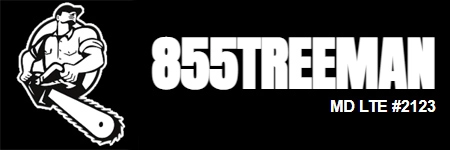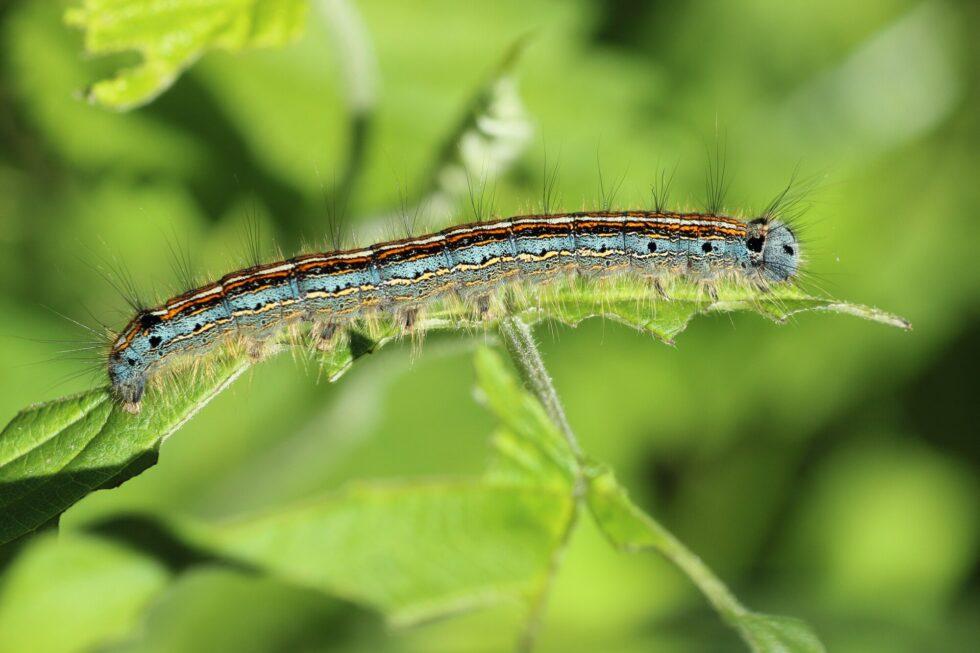Leaf-chewing caterpillars can wreak havoc on your beautiful plants. We look at how to get rid of caterpillars to protect your plants from their damage.
As children, we were all taught about the beautiful process of metamorphosis that results in gorgeous butterflies. For this reason, most people remember butterflies fondly.
However, they start out as ravenous caterpillars that can decimate our most beautiful plants. One such pest you need to watch out for in Southern Maryland is leaf-chewing caterpillars.
Read on to find out more about these bugs.
What Is the Threat?
“Leaf-chewing caterpillars” is an all-encompassing term for several types of larva that eventually become moths and butterflies (which are part of the order Lepidoptera). There are over 20,000 caterpillar species in the world, but thankfully, not all of them are in America, nor are they all harmful to your yard.
Leaf-chewing caterpillars are fuzzy worm-looking bugs that are usually a few inches long. They’ll also have colorful markings.
Leaf-chewing caterpillars are a threat because they defoliate trees. They feed into twigs, and the larvae bore into various areas of the tree (twigs, trunk, and shoots), which then cause stunted growth and branch dieback.
Where Is the Threat?
As we’ve just said, there are over 20,000 caterpillar species worldwide. Because leaf-chewing caterpillars feed on trees, you’ll find them all over the US. They’re rarely found indoors since not many people plant trees inside.
While most caterpillar species are spread across the nation, there are some that are more centralized. For example, winter moth caterpillars are more commonly found in the northern parts of the US.
Symptoms of Leaf-Chewing Caterpillars
You’ll know you have caterpillars in your yard, as it’ll be very obvious you have an infestation. Not only will you be able to see egg masses on tree trunks, but once they hatch, they’ll feed on your trees aggressively.
Leaves will be “skeletonized”, meaning the caterpillars have eaten all tissue of the leaves. Due to their ferocious appetites, leaf-chewing caterpillars will drop lots of fecal pellets (called frass). If you spot a large number of black pellets on your plants, it’s very likely you’ve got caterpillars on your hands.
What to Do About the Problem
If you’re able to see the caterpillars, you can put on gloves and remove them by hand. You can also scrape off the eggs from your trees’ trunks and dispose of them. If you’re into organic gardening, nematodes can help with caterpillar control.
There are also some spray and injection treatments.
Another way to prevent caterpillar damage is to do tree banding. This is where sticky traps are wrapped around a tree and a burlap belt is put on them to attract caterpillars to the shade. They’ll become stuck in the traps.
But the above should be applied by professionals who know how to diagnose your trees’ problems and come up with the best solution moving forward.
Have a Pro Take Care of Your Caterpillar Problem
Have you realized that the black pellets you’ve found in your yard are frass from leaf-chewing caterpillars? Then you need to have a tree specialist handle this pest right away.
They’ll be able to determine which caterpillars have invaded and can safely take care of them with minimal damage to your trees.
If you need a professional to take care of your caterpillar problem in Southern Maryland, then book us now.


